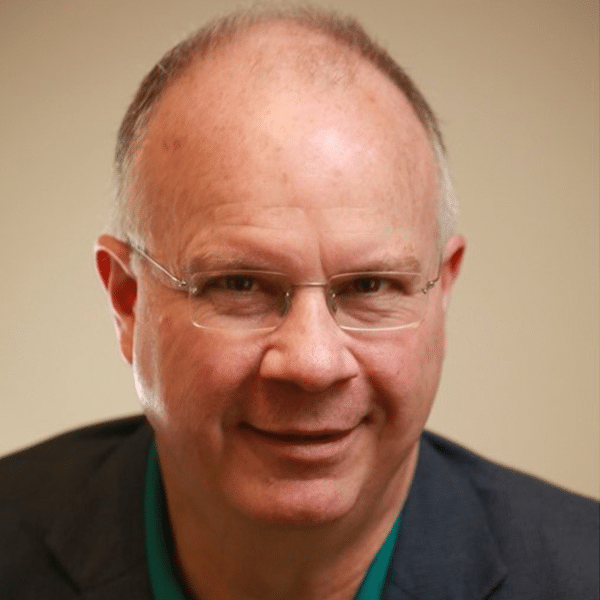A few years ago, an assessment of Alaska’s broadband needs suggested an investment of nearly $2 billion would be needed to bring high-speed connections to everyone in the nation’s largest state. The National Telecommunications and Information Association (NTIA) awarded Alaska just over $1 billion in Broadband Equity, Access, and Deployment (BEAD) Program funds.
But Thomas Lochner, Director of Alaska’s Broadband Office, told Telecompetitor he’s grateful to NTIA nevertheless.
Before the BEAD funding announcements, “people were saying Alaska was going to get $400 to $500 million,” said Lochner. “NTIA looked at our letters, where we argued that Alaska’s needs are different. And while we didn’t get the full amount, what everybody was predicting Alaska would get was about half of what we got.”
Lochner’s early experiences in the broadband industry gave him an appreciation for the unique challenges Alaska faces. Before becoming the director of the state’s broadband office, Lochner worked for both Alaska Communications (ACS) — a large provider based in Anchorage — and Arctic Slope Telephone Association Cooperative (ASTAC), a smaller provider that serves the North Slope region.
Particularly with ASTAC, Lochner learned about the challenges of bringing broadband to remote areas. “70% of Alaska’s villages are only reachable by small plane or seasonal barge,” said Lochner. “If you need a rack of gear to go to a small village, you’re paying a lot because you’re displacing seats on a Cessna. There are nuances to Alaska that I didn’t have a concept of at ACS, but got wonderful exposure to through ASTAC.”
When the director role opened in Alaska’s broadband office, Lochner approached it with an attitude of “I’m going to interview them as much as they interview me,” and a particular eye toward how the state was thinking about its smaller broadband providers. Finding good alignment at the state with his work experience, Lochner took the opportunity.
He now runs the state broadband office with a dedicated staff of four that works closely with several other state departments. Permitting is “tricky” in Alaska because of its many federal refuge areas, so Lochner and his team also work closely with the Department of Natural Resources. Alaska’s Community and Regional Affairs team helps the broadband office with mapping tools.
Getting Broadband to 100% of Alaska
When we spoke, Lochner had the number of Alaska’s broadband serviceable locations [BSLs] at his fingertips: 20,475 underserved and 37,781 unserved. Lochner shared a spreadsheet that broke down the state’s BSLs into further categories:
- Fiber or road: An area that might already have some fiber infrastructure and is typically somewhat easier to access.
- Rural community: More remote, similar to the villages described above that are accessible only by boat or plane.
- Non-community based: These locations are even farther out, distinct from and even more remote than rural communities. Lochner and his team call these locations “Patsy’s Cabin” after the name shown on the map at one of those places.
- Within those three categories above, the team makes a further distinction between high-cost and non-high-cost locations.
Lochner said that getting broadband to these locations requires innovative thinking. He told the story of when ASTAC brought internet from Utqiagvik — a town of about 5,000 people accessible by boat and plane, formerly known as Barrow — to Atqasuk, a remote inland community of fewer than 300 people.
“There was going to be a tower halfway in between,” said Lochner, “but the cost would have been about $250,000 to $300,000 per year in maintenance. So, the engineers lay fiber on the tundra between the two and, where possible, latched it to a gas line. As of a year ago, the fiber lines had sunk into the tundra with no damage to it. There was zero environmental impact, and the incremental cost of that fiber is $0.”
It is those types of innovative ideas, Lochner said, that the Alaska broadband office brought to its BEAD Program proposals. With their Volume 1 mapping challenge phase complete and submitted to NTIA, Alaska is hoping to have its BEAD grant portal open by November 1.
“We have a very committed team trying to work out everything we do,” said Lochner. “We want to leave nothing to chance, nothing to hope. We will have 100% of the BSLs at 100/20 Mbps in some technological fashion. Where the line is between fiber, microwave, or satellite, we’re not sure. But we have the modeling to make sure that, at the end of this, there is internet for all. And yes, that notion does keep us up at night.”
Additional information about Alaska broadband, including state funding resources, awards made, and state-specific coverage, can be found on the Telecompetitor Broadband Nation webpage for the state.


